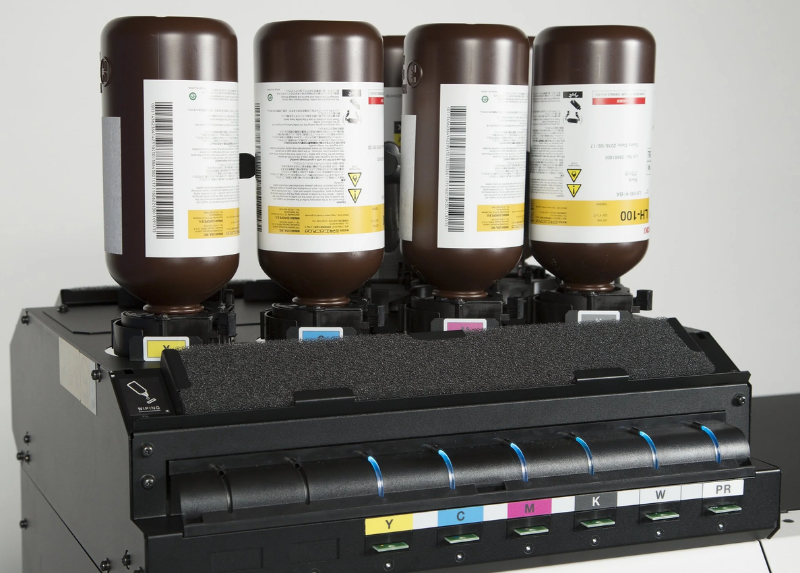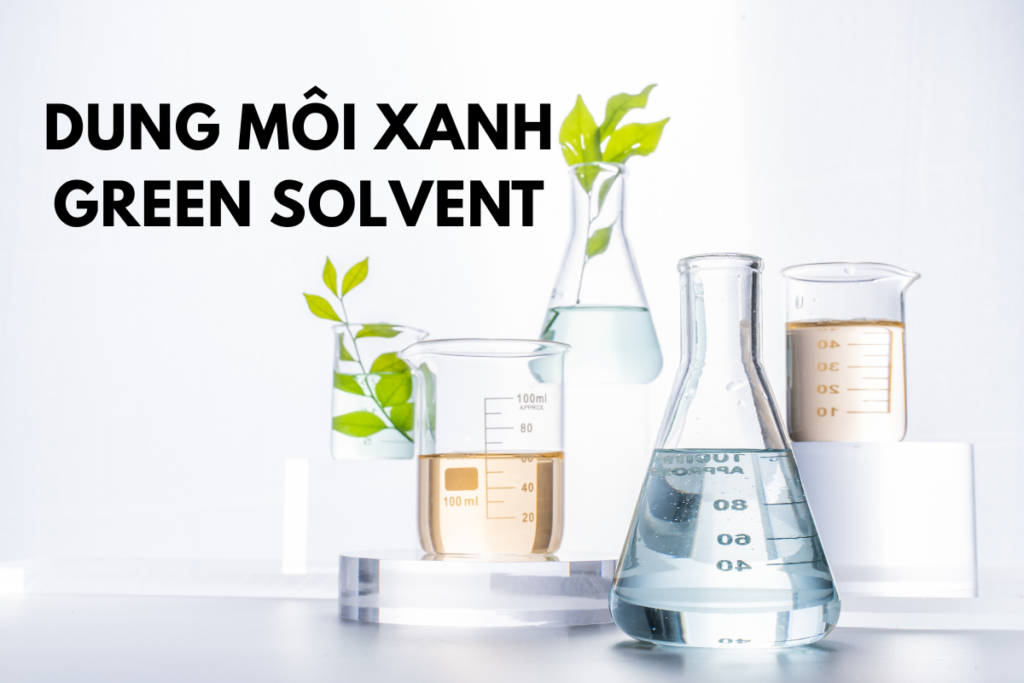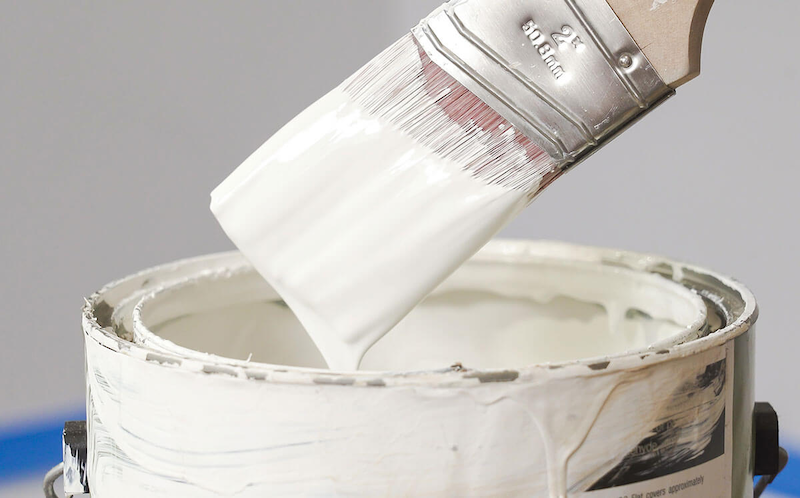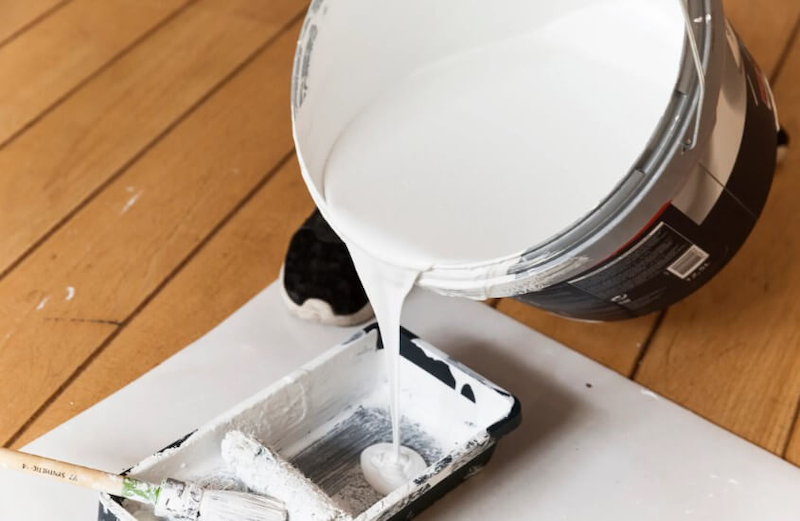What is DCM (Dichloromethane) Solvent? Properties, Applications, and Safety Precautions
20/06/2025
|
News
DCM Solvent (dichloromethane) is a widely used organic compound in industry and laboratories. However, behind its diverse applications, DCM also harbors significant risks if not used correctly. The article below will help you better understand the concept, properties, applications, and important safety considerations when using DCM, thereby ensuring effectiveness and safety during its use.
What is Dichloromethane (DCM) Solvent?
Dichloromethane (DCM), also known as methylene chloride, is an organic compound with the chemical formula CH2Cl2. It is a colorless, volatile liquid with a mild, sweet odor, and is widely used in numerous industrial and laboratory applications.
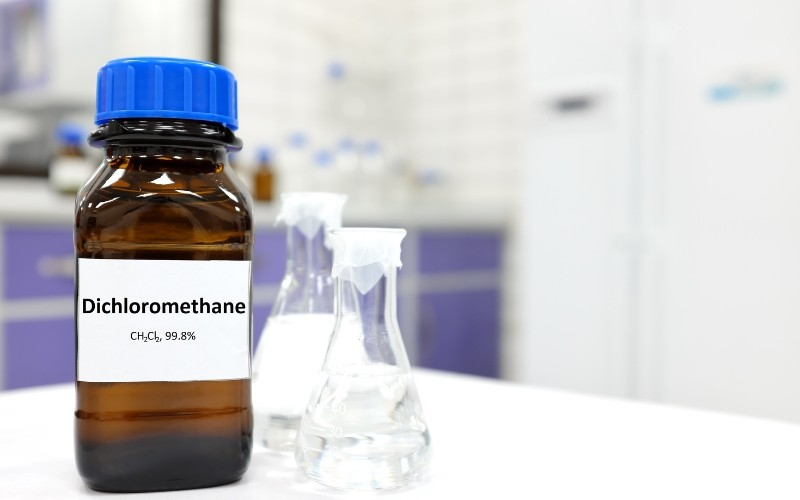
Physical Properties of Dichloromethane (DCM)
- State: DCM is a colorless liquid under normal conditions.
- Odor: It has a mild odor, similar to ether or chloroform.
- Molar Mass: The molar mass is 84.93 g/mol.
- Boiling Point: Its boiling point is 39.6°C (103.3°F) at standard atmospheric pressure, indicating its volatility.
- Melting Point: The melting point is -96.7°C (-142.1°F).
- Density: It has a density of 1.33 g/cm³, making it denser than water.
- Solubility in Water: It is poorly soluble in water (approximately 13 g/L at 20°C) but miscible with most organic solvents such as ethanol, ether, and acetone.
- Vapor Pressure: DCM has a high vapor pressure (435 mmHg at 20°C), meaning it evaporates readily.
- Refractive Index: The refractive index is 1.424 (at 20°C).
Chemical Properties of Dichloromethane (DCM)
- Chemical Inertness: DCM is relatively stable under normal conditions, and does not react strongly with common acids, bases, or oxidizing agents.
- Polarity: It is a moderately polar solvent, possessing a dipole moment (1.6 Debye). This polarity allows it to effectively dissolve many organic compounds.
- Reaction with Alkali Metals: It can react with alkali metals (such as Na, K) in anhydrous conditions, forming hazardous products.
- CH2Cl2+2Na→CH2+2NaCl
- Thermal Decomposition: When heated strongly or exposed to an open flame, DCM can decompose to form phosgene (COCl2) and HCl, both of which are highly toxic substances.
- CH2Cl2+O2→COCl2+2HCl
- Extraction Capability: Due to its good solvency and low boiling point, it is frequently used for extracting organic compounds.
Common Applications of Dichloromethane (DCM)
Dichloromethane (DCM, CH2Cl2) has numerous common applications in industry, laboratories, and everyday life due to its characteristic physical and chemical properties such as low boiling point, good solvency, and high volatility. Here are its main applications:
Solvent in Laboratories
- Extraction of Organic Compounds: DCM is widely used for extracting organic compounds from mixtures, especially in organic chemistry. This is due to its good solvency with many nonpolar and moderately polar substances, while having limited miscibility with water.
- Reaction Solvent: It serves as a medium for chemical reactions, for instance, in the synthesis of pharmaceuticals or other chemicals.
Manufacturing Industry
- Paint and Adhesive Stripping: DCM is a primary component in paint strippers, adhesive removers, or surface coatings due to its strong ability to dissolve polymers and resins.
- Plastics and Polymer Production: It is used to dissolve and process raw materials during the production of plastic films, synthetic fibers, or adhesives.

Food Industry
Flavor and Caffeine Extraction: DCM was formerly used to extract caffeine from coffee beans or flavors from plants (e.g., in decaffeinated coffee production). However, due to toxicity concerns, it has largely been replaced by safer solvents like CO2.
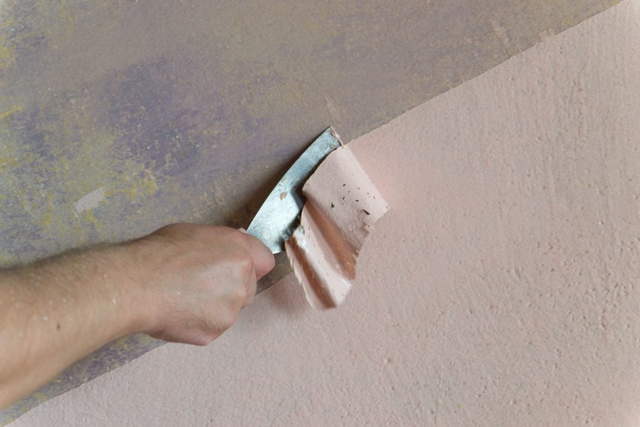
Cleaning and Degreasing
- Degreasing: DCM is used for cleaning grease and oil from metals or electronic components due to its rapid evaporation and residue-free properties.
- Solvent in the Electronics Industry: It is employed for cleaning circuit boards or sensitive electronic devices.

Medical and Pharmaceutical Applications
- Drug Synthesis: DCM is utilized as a solvent in the synthesis of pharmaceutical active ingredients.
- Sample Analysis: It is used in chromatography or other analytical techniques for sample preparation.
Other Applications
- Aerosol Production: It has been used as a propellant in some aerosol sprays (though less common now due to environmental concerns).
- Cleaning in the Textile Industry: It helps remove stains, ink, or adhesives from fabrics. However, due to DCM’s toxicity, many are gradually switching to safer solvents to ensure human health.
Is Dichloromethane (DCM) Toxic?
For Health
DCM has a high volatility, easily diffusing into the air and permeating through the skin. This creates potential risks if inhaled. Excessive exposure to DCM through inhalation can lead to dizziness, fatigue, nausea, headaches, and even suffocation, coma, or death if not promptly addressed. Furthermore, DCM is classified as a potential carcinogen, hence requiring careful use and strict control to ensure safety.
For the Environment
Due to its rapid evaporation, DCM can cause air pollution and potentially affect the ozone layer if not controlled. Additionally, if it leaks into the environment, especially into water, this solvent can be toxic to aquatic organisms and have a severe impact on ecosystems.
Important Safety Notes When Using Dichloromethane (DCM)
Proper Storage
Store DCM in sealed containers in a dry, cool, well-ventilated place, away from high heat sources, sparks, and flammable materials to reduce the risk of fire and explosion.
Safe Usage
Wear a full set of protective gear, including masks, safety goggles, and gloves, when handling DCM. Ensure the work area has a good ventilation system to maintain air circulation and minimize inhalation of toxic fumes. When disposing of DCM waste, comply with regulations to prevent environmental pollution.
How to Handle Incidents
In case of a DCM spill or leak, the following measures should be taken to ensure safety:
- Evacuate everyone from the spill site and affected areas.
- Control access to prevent unauthorized personnel from approaching.
- If possible, find a way to stop or minimize the leak as much as possible.
- Use absorbent materials like dry sand to soak up the DCM, then collect it in a sealed container.
- Open windows and turn on fans to ventilate the air.
- Do not pour DCM down sinks or drains.
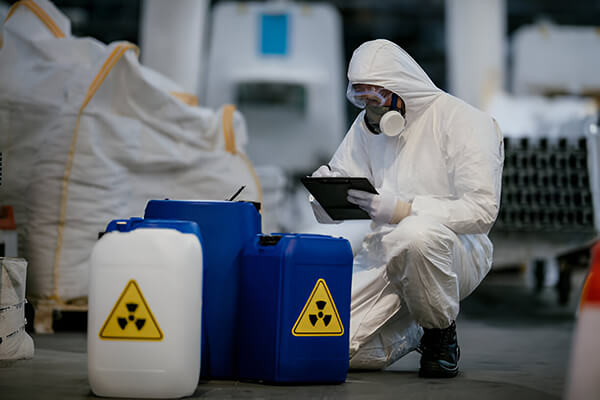
Although Dichloromethane solvent is widely used in industry and research, it also poses numerous risks to human health and the environment. Its use requires caution, adherence to safety regulations, and proper storage to minimize hazards, ensuring effectiveness without causing harm.
Contact K-Chem immediately – a reputable and quality supplier specializing in bulk DCM solvent or pre-mixed chemical products based on business needs, offering affordable prices – to receive free consultation from our experienced team!
K-CHEM VIETNAM CO., LTD
- Address: N6B Road, Lot F, Phu Chanh 1 Industrial Cluster, Phu Chanh Ward, Tan Uyen City, Binh Duong Province, Vietnam
- Tel: +84 274 362 0218
- Email: info@k-chem.vn


